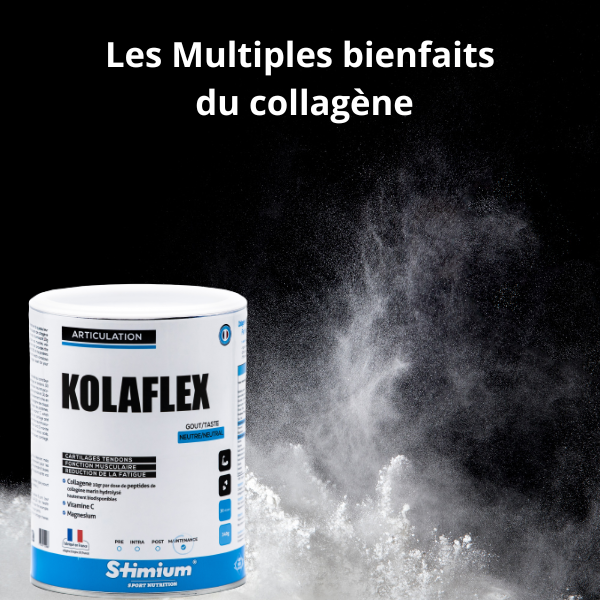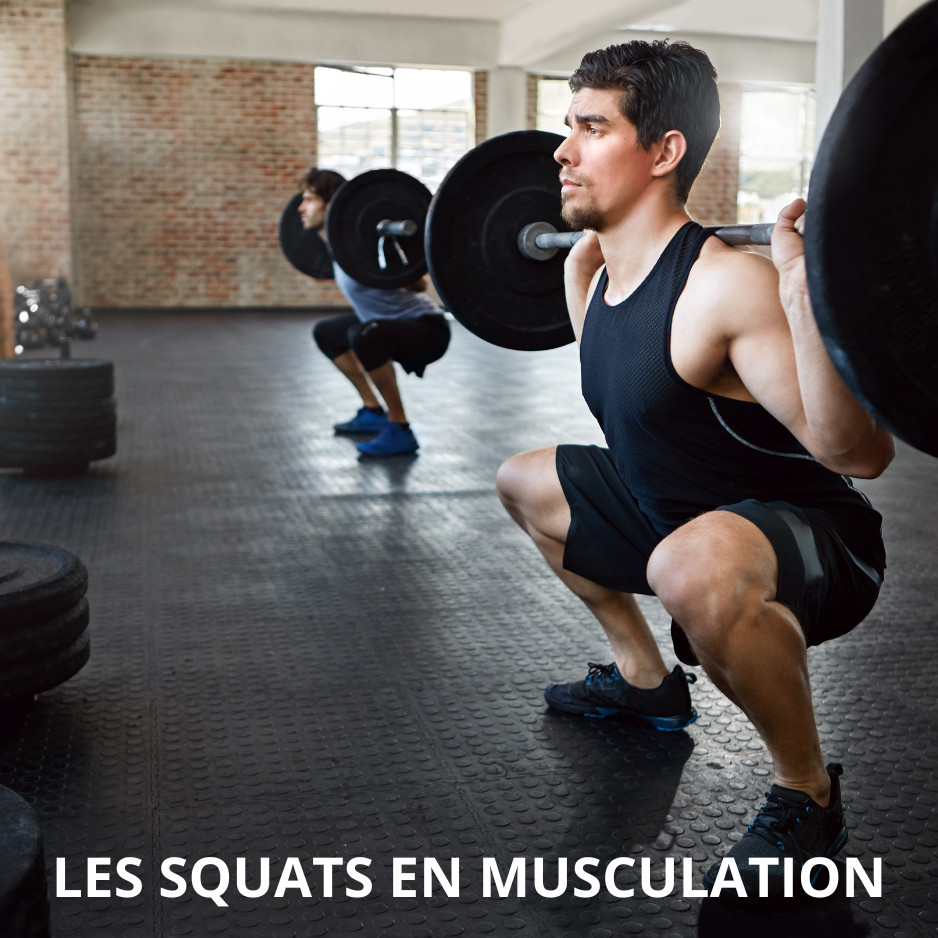Pull-ups in bodybuilding
Pull-ups are a strength exercise that involves pulling your own body weight toward an overhead bar. It is an effective exercise for strengthening the muscles of the back, arms and shoulders, and it is also often the exercise illustrated in many bodybuilding magazines. Pull-ups are feared by many athletes, not only bodybuilding enthusiasts but rather all lay people who practice muscle strengthening (notably, for example, swimmers, rugby players or hockey players). Why are chin-ups and pull-ups so difficult? What factors determine the ability to perform these exercises in a comprehensive strength training program to improve muscular strength and endurance?
Pull-ups, difficult exercises
Chin-ups (pull-ups where the bar is gripped with the palms facing away from you) and pull-ups (pull-ups where the bar is gripped with the palms facing away from you) are difficult exercises because they require the ability to lift almost all of his body weight by pulling him upwards. There are several variations of pull-ups, including:
- Pronation pull-ups: the palms of the hands are turned outwards.
- Supination pull-ups: the palms of the hands are turned inwards.
- Neutral pull-ups: the hands are positioned so that the palms are facing each other.
These exercises require quite a lot of strength. Many people are simply unable to complete a single repetition. The strength required to perform at least one chin-up is determined by various factors such as muscle volume, muscle fiber type, body weight, fat percentage, arm length as well as intramuscular and intermuscular coordination. Pull-ups can be difficult for beginners, but there are ways to progress, such as using a resistance band to help pull up. It is important to ensure correct technique to avoid injury, keeping the elbows tight to the body and contracting the back and shoulder muscles when climbing.
Factors that influence the ability to perform pull-ups
Muscle volume
The factor that most influences maximum strength is muscle volume, this means that in most cases the larger a muscle is, the greater force it can develop. Different parameters affect the volume of a muscle. The first is the amount of muscle fibers or cells, determined genetically: for example, most men have more muscle fibers than women. The second is the increase in muscle fiber size (hypertrophy), which can occur through training. In addition, recovery, nutrition, certain hormones such as testosterone and growth hormone that can be accelerated through the consumption of Stimium GABA , which lowers muscle tension, reduces muscle spasms (muscle relaxant neurotransmitter) and boosts muscle tension. production of growth hormone (GH), and certain dietary supplements also have an influence on muscle size. This is one of the reasons why the Stimium Range is totally relevant for bodybuilding pull-ups because it offers a complete range for muscle strengthening with products to take before training such as Stimium® PreWorkOut Max to prepare the body for muscle strengthening loads, and products to take in addition to training such as Stimium® [C] Whey , Stimium® Iso Hwy or Stimium® VegPro , products of different grades, to maintain a good protein intake for muscle fibers or Stimium BCAA Instant , 2:1:1 BCAAs to help muscle development and recovery, especially since they are enriched with glutamine.
The volume of the muscle may increase slightly due to the thickening of its envelope, but this type of hypertrophy, called non-functional hypertrophy, does not cause a gain in strength. A localized accumulation of blood in the muscle during or after strength training, which causes a temporary increase in muscle size, does not increase maximum muscle strength either.
The type of muscle fibers
Muscle is made up of different types of muscle fibers with varying properties: type I, IIa and IIx fibers. The proportion of each type of fiber is determined by heredity: it varies between individuals and muscles. Despite this genetic determination, the muscle fiber can adapt through prolonged muscular training and thus modify its properties. For example, an individual who trains exclusively in maximal muscular strength will increase the strength of their type I fibers. However, people who are naturally strong benefit from a genetic advantage: they are endowed with a greater proportion of type II fibers. To work on the strength part, we recommend the consumption of creatine, and possibly Stimium Pwr Creatine and Power Creatine Tabs , in powder or tablet, which allow an increase in the production of ATP (adenosine triphosphate) and above all a rapid increase in bodybuilding strength and power in the context of bodybuilding pull-ups.
Body weight
When body weight is ignored, maximum force is called absolute maximum force . But when maximum force is expressed relative to body weight, it is called relative maximum force . For example, Turkish weightlifter Naim Süleymanoğlu lifted 190 kg (418 lb) in the clean and jerk (the bar is raised overhead in two movements) at the 1988 Seoul Olympics. Nicknamed "the Pocket Hercules", Süleymanoğlu then weighed only 60 kg (132 lb), ok this reference is especially aimed at those who were born in the 70s and have already seen this man lift unimaginable weights! This means he lifted more than three times his body weight in the clean and jerk. For comparison, Hossein Reza Zadeh, who weighed 163 kg (358.6 lb), holds the all-category world record for the same movement, with 263 kg (580 lb). Despite having prodigious absolute strength, the Iranian weightlifter couldn't even lift the equivalent of twice his body weight. This example illustrates the importance of relative maximum force for performing a pull-up. As the load lifted corresponds to almost the entire body weight, smaller people generally have an advantage.
Fat content
Fat content particularly influences the ability to perform pull-ups. As fat is not useful for movement, it constitutes superfluous mass. Therefore, a person with extra fat may have more difficulty with chin-ups. Furthermore, if we compare two people of the same weight, the one with a lower fat percentage will probably have an easier time doing pull-ups, because the muscle mass of their upper body will certainly be greater. This is also why in the context of pull-ups in bodybuilding, for athletes, it is interesting to be at their ideal weight if they want to achieve performance. We must therefore find the right compromise between gaining muscle mass and gaining weight, hence, for example, the fans of cutting, instead consuming isolated proteins , without fat, without sugar and without lactose. Of course, many athletes use fat burners or drainers to achieve faster weight loss. It will thus always be possible to use Stimium Thermoshape to burn fat and/or Stimium Hydro Off to combat excess pounds and have an interesting draining effect, while knowing that these products are only really useful in the context of a varied and controlled diet! )
Arm length
When comparing the maximum muscular strength of individuals, limb length should not be neglected. For example, elite weightlifters often have shorter arms than the average person: shorter levers provide a mechanical advantage for lifting heavier loads. When a person with long arms performs a chin-up, the distance required to complete one repetition is greater, which increases the difficulty.
Intramuscular coordination
Muscle is made up of fibers that are stimulated by nerve cells. The nervous system therefore has an effect on maximum muscular strength: it acts on the number of fibers which will participate in muscle contraction. The body's ability to use a maximum number of muscle fibers in a synchronized manner is decisive for strength. This capacity can be improved through specific maximal strength training, that is to say by performing exercises with high loads which limit the number of maximum repetitions to 6. Autogenic inhibition is the name given to a reflex which protects the muscle, tendons and bones when producing great force. This reflex limits the number of muscle fibers participating in the contraction. Again, training with a heavy load can blunt this reflex, allowing the muscle to generate greater force. In addition, as muscle fibers contract in response to a nerve impulse, the more intense the latter, the stronger the contraction will be.
Intermuscular coordination
Intermuscular coordination represents the body's ability to effectively synchronize the various muscles or muscle groups that allow movement and stabilization of certain joints. For example, intermuscular coordination will be crucial to performing the complex technique of the snatch movement in weightlifting (the bar is raised above the head in a single, very dynamic movement). On the other hand, if the movement is as simple as a handshake, intermuscular coordination will not be very decisive.
One of the factors influencing intermuscular coordination is the simultaneous contraction of agonist and antagonist muscles during complex movements or at explosive speed. When the agonist (main muscle that allows movement) contracts, the antagonist (muscle that allows movement opposite to that created by the agonist) must relax to promote contraction. For example, during a chin-up, for the biceps to contract effectively, part of the triceps must relax.
Maximum strength training would cause a reduction in activation or contraction of the antagonist muscle, which would have the effect of increasing maximum muscle strength. For purists, a pull-up on the bar must be done with the elbows fully extended at the start of the movement and with the chin at the height of the bar at the end of the movement. In addition, the body must remain straight and move on a vertical axis. It is still possible to modify the movement technique to make the exercise easier. For example, making a "wave" movement of the body, flexing the knees and hips, and having an intention of explosive speed when pulling will make the exercise less difficult if coordination between the muscles is adequate.
Performing a few pull-ups on the bar actually requires a sufficiently large amount of strength. This ability to perform chin-ups or pullups is determined by a set of factors such as muscle volume, muscle fiber type, body weight, fat percentage, arm length and intramuscular coordination. and intermuscular. Unlike exercises with free weights or machines, chin-ups require a lot of relative strength in order to perform several repetitions.
In conclusion, bodybuilding pull-ups are a useful exercise for all athletes:
- Building Upper Body Strength: Pull-ups primarily target the muscles of the back, arms, and shoulders, making them a great exercise for building upper body strength. This can improve performance in movements like throwing, hitting or kicking in ball sports.
- Developing Core Stability: Pull-ups require good core stability to maintain good posture and avoid injury. By strengthening the muscles of the shoulder girdle and core, pull-ups can help improve overall body stability, which can benefit performance in sports like golf, tennis, or soccer.
- Improved muscular endurance: Pull-ups are a demanding exercise that can increase upper body muscular endurance. This can be useful for sports that require high muscular endurance, such as climbing, swimming or rowing.
- Increased grip strength: Pull-ups require strong grip strength to maintain a firm grip on the bar. By improving grip strength, pull-ups can benefit sports that require a strong grip, such as weightlifting, wrestling, or jiu-jitsu.
It's up to you to try bodybuilding pull-ups to strengthen the body's strength, endurance and stability, whether you practice a team sport, an endurance sport or a strength sport! Even just go to the gym once or twice with a friend or colleague just to test this exercise (without hurting yourself) to assess the difficulty of such an exercise, easy on paper, but much more complicated in reality!






